We’ve all heard the warning: if the bees die, so do we. They pollinate about 70% of the world’s crops. Without them, ecosystems collapse and our food supply crumbles.
It’s a terrifying prospect, and one usually left to environmental campaigners and nature documentaries. But in South Africa, bees are quietly being put to work on another urgent problem: creating livelihoods in communities with few alternatives.
This is the unlikely but transformative terrain of Raven Technologies, a Joburg-based social enterprise led by CEO Mas’ooda Varachia and her business partner Arthur Anderson.
With Chad McLintock – who heads up Raven’s global sales while also being a familiar face on the Joburg social scene as the owner of Joburg Style – they are rethinking what bees and technology can mean for people left behind by traditional economies.
Raven Technologies began life in 2010 with a straightforward mission: to build infrastructure that mattered. Clinics, schools, digital libraries, the basics that make a community function. But the team quickly realised they had to go further.
“A building is just a box if there’s no opportunity inside,” Anderson says. “It’s not sustainable unless people have ways to use that infrastructure to create income and futures.”
That realisation shifted the focus from bricks and mortar to incubation and acceleration programmes for rural entrepreneurs. The idea was to create platforms for small businesses – from beadwork collectives to digital service hubs – to access markets far beyond their village limits.
The beekeeping initiative sprang from that, and it is now one of the most innovative community development projects in the country.

Beekeeping sounds deceptively simple. With just three to five days of training, someone with no prior experience can become a certified beekeeper. It’s accessible, low-cost and adaptable to a range of environments.
That simplicity was the point. “You don’t need to be literate in coding or computers,” says Varachia. “You can be a grandmother in a rural village and still run 10 hives.”
Raven partnered with the National Union of Mineworkers and its social arm, the Mineworkers Development Agency, to implement the plan in mining communities. For families around mines that have either shut down, or are struggling, it’s a source of extra income or, in the more serious cases, a financial lifeline.
But the reach extends beyond the mining belt. “At the moment we’ve got a footprint in every province,” Varachia says. “You’ve got to go into deep rural communities and see where people are struggling, where they’re left destitute, and how you can uplift them.”
Bees 2.0
What makes the business’s approach distinctive is the use of technology.
Its “green hives”, built from recycled composite materials rather than wood, are fireproof, waterproof and difficult to steal. They’re also designed to last, withstanding veld fires and honey badger raids that destroy conventional hives.
Then comes the tech magic: sensors are embedded in each hive to monitor humidity, temperature, rainfall and even GPS location. If a hive is stolen, it pings an alert; and if conditions inside drop, farmers know instantly.
“It’s the Internet of Things [IoT], applied to beekeeping,” Anderson explains. “We can manage thousands of hives remotely, collect ecological data, and ensure accountability. It’s farming for the digital age.”
The programme doesn’t stop with hardware. Some of the beekeepers sell their own honey, but the Raven team also secures offtake agreements, buying honey back from the network of more than 700 beekeepers at a premium, often double what’s sold at the roadside. This means participants aren’t left scrambling for buyers, and the team can ensure quality control.
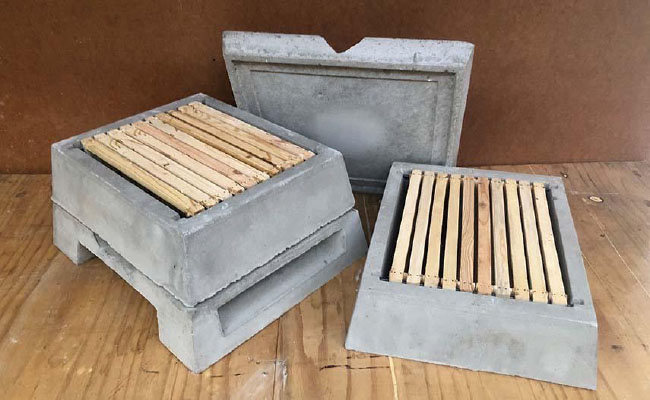
Raven’s boutique brand, Habibee, bottles some of this honey for retail, but most is repurposed for broader markets or used in other products.
The scale is impressive: there are more than 7,000 hives across all nine provinces, with a focus on youth and women as beneficiaries.
“It’s not just about the honey,” says Varachia. “It’s about ownership. It’s about giving people something they can pass down to their children, something that creates dignity.”
Of course, beekeeping projects aren’t new. NGOs and corporates have dabbled with small-scale hive handouts for decades. But what sets this apart is the scale and practicality.
Instead of gifting a few hives and moving on, Raven provides training, builds the hives and installs the technology, strikes buy-back agreements and secures markets. This makes it far more resilient than the “once-off CSI project” South Africans typically see.
The urgency is equally clear. With South Africa battling a surge of deindustrialisation as plants shut down, and with coal mines closing to make way for “transitional energy”, many workers are returning to their rural homes with no clear way to earn an income.
“We’ve seen it again and again,” says McLintock. “Families are abandoned, communities fall into poverty, and yet there are resources – land, people, even abandoned infrastructure – that can be repurposed. Beekeeping is one of those bridges.”
Reviving South African honey
Honey is the hook, but the vision goes wider. Raven is piloting sachet honey for feeding schemes, each spoonful carrying enough nutritional value to sustain a child through the school day. It’s also developing cosmetics infused with honey, from hair serums to skincare creams, manufactured with local partners.
All these offshoots are designed with the same principle: turn raw rural capacity into viable businesses that outlast donor funding or corporate cycles.
There’s a bigger national picture too. South Africa once produced far more honey than it does today. By the company’s count, the country is now at just 40% of its 1980s production levels.
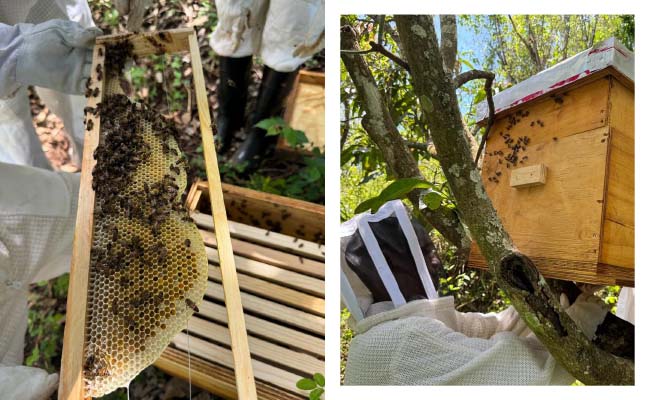
Much of the honey that fills supermarket shelves today is imported or diluted, irradiated, and sweetened. “Most of what’s sold isn’t pure raw honey,” says Varachia. “The difference is ours goes straight from hive to home.”
The idea is to extend the Raven model overseas too. Perhaps surprisingly, the company is looking at arid regions like the United Arab Emirates, where temperatures can soar to 50°.
But with shade cloths, IoT-enabled cooling systems and the planting of hardy flora like cacti, Anderson believes it’s possible to establish hives in places previously thought unsuitable.
“The environment doesn’t matter as much as we think,” he says. “With the right tech, you can create oases for bees anywhere.”
China, too, is already receiving Raven Technologies bee-related stock. Proof, once again, that South African is a hive of innovation that we often overlook.
Top image: Rawpixel/Currency collage.
Sign up to Currency’s weekly newsletters to receive your own bulletin of weekday news and weekend treats. Register here.



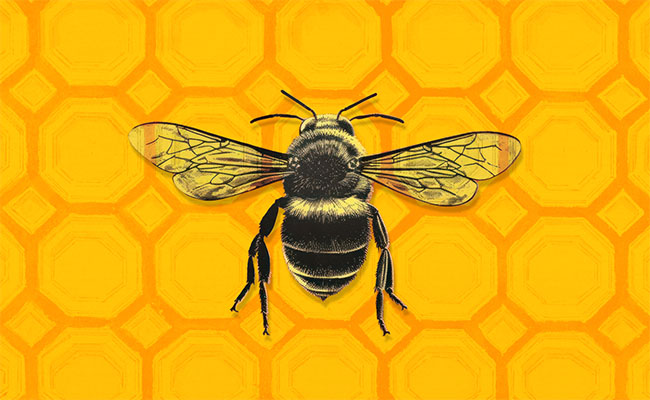
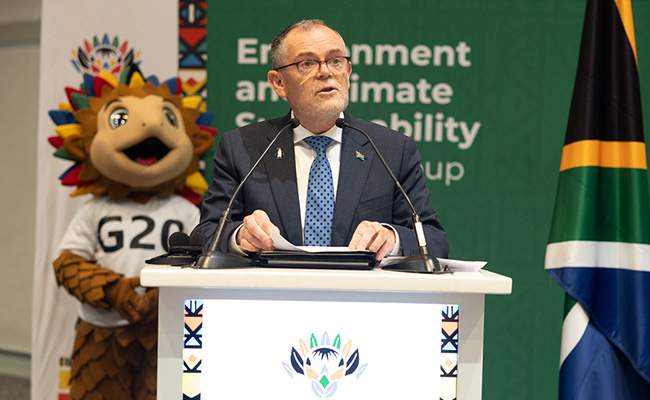
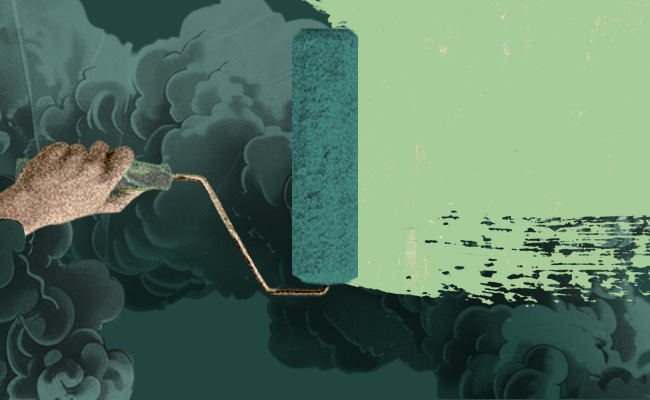







Excellent, inspiring article. Thank you.